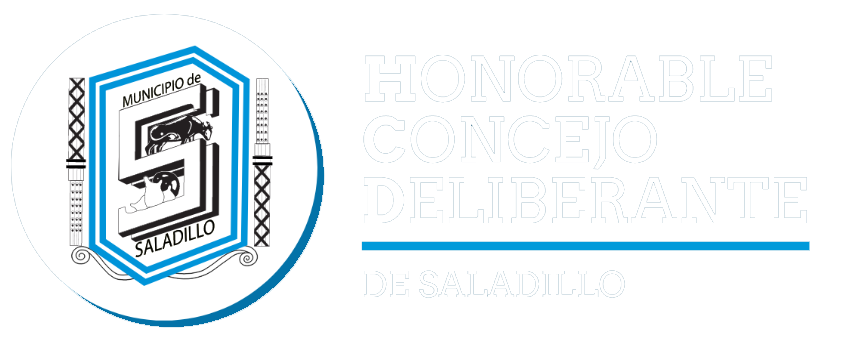It is similar to balance theory, established by social psychologist Fritz Heider. This is an example of holding conflicting beliefs, where someone knows smoking is harmful but continues to do it. If you know smoking can lead to cancer but choose to smoke anyway, your behavior can be considered inconsistent with your knowledge. This is a case of two conflicting beliefs where someone’s desire to smoke conflicts with their knowledge of its dangers. When your actions don’t align with your core values, you might feel guilt, regret, or anxiety.
Understanding Adjustment Disorder: Symptoms and Treatment Options
For instance, in their seminal paper, Zanna and Cooper’s participants had to ingest a placebo pill that allegedly induced a negative mood. Because of this belief, participants in the dissonance condition were inclined to misattribute their psychological discomfort to the pill instead of the inconsistency, and thus they did not show any use of an inconsistency reduction strategy. If the CDS is a negative state, it is difficult to understand how individuals can misattribute it to a positive source. While some data provided support for this conceptualization (e.g., Martinie et al., 2013), most scholars still consider the dissonance state to be aversive per nature. If you’re interested in psychology and human behavior, you’ve probably heard the phrase cognitive https://jobfinal.site/loneliness-in-recovery-dealing-with-isolation/ dissonance. It’s the term coined by psychologist Leon Festinger in 1954 to describe “the feeling of psychological discomfort produced by the combined presence of two thoughts that do not follow from one another.
- This becomes particularly apparent when these beliefs face challenges or need practical application.
- Cognitive dissonance is the psychological conflict a person experiences when they hold simultaneous conflicting attitudes, beliefs or behaviors.
- In this blog post, we will explore the relationship between cognitive dissonance and addiction and discuss strategies for overcoming it on the path to recovery.
- Resolving or reducing cognitive dissonance is not always an easy task — but it’s worth it.
- This internal battle creates psychological stress, making it difficult to take action.
The Psychology Behind Cognitive Dissonance
Spotting dissonance in our own lives can be painful, embarrassing, and anxiety-inducing, too. People recognized the cognitive dissonance and made necessary changes to better align society’s values with our actions. Doing some soul searching to determine the areas of your life where contradiction exists can shed light on areas you may need to work on. Maybe you always expect your friends to be marijuana addiction prompt when you have dinner plans, but you’re usually 10 minutes late yourself. Adjusting your behavior or your expectations of your friends might help lessen conflict down the line. “All of us — and I mean all of us — have something we have dissonant beliefs and behaviors about,” says Alauna Curry, MD, a trauma psychiatrist based in Houston.

Identifying Conflicting Beliefs and Behaviors

Aside from cognitive control and internal motivation, in many situations situational pressures might influence the further evaluation of dissonance stimuli. That cognitive dissonance and addiction is, we claim, in accordance with Weick’s (1968) argument, that the social context in which dissonance is evoked (e.g., presence of others vs. being alone) might dictate how people reduce dissonance. Cognitive behaviour therapy is a structured, time limited, psychological intervention that has is empirically supported across a wide variety of psychological disorders. CBT for addictive behaviours can be traced back to the application of learning theories in understanding addiction and subsequently to social cognitive theories.


